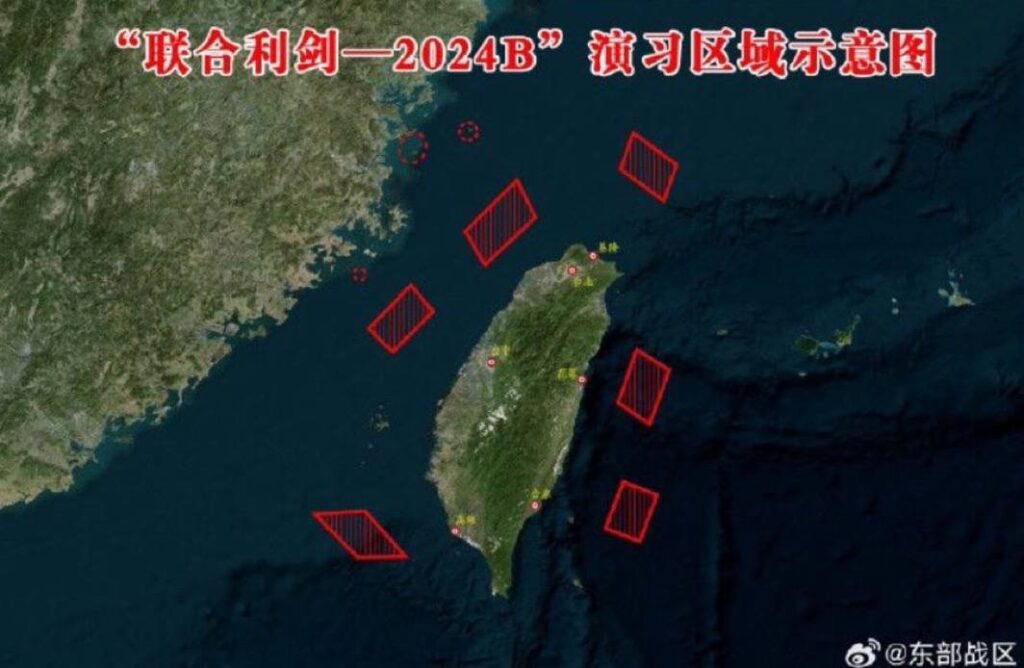Beijing escalates its show of force with aircraft and naval deployments, signaling opposition to Taiwan’s pro-independence moves.
Today, China launched military drills, deploying aircraft and ships in a show of force around Taiwan. Tensions between Beijing and Taipei continue to escalate, adding volatility to the region. China views these drills as a response to increasing pro-independence sentiment in Taiwan. Taiwan’s growing ties with the U.S. and other Western allies have further strained relations.
The drills, involving fighter jets, bombers, and naval vessels, showcase China’s military power and opposition to Taiwanese independence. China has increased its military presence near Taiwan, frequently crossing the Taiwan Strait’s median line. The People’s Liberation Army (PLA) conducts regular patrols and exercises, signaling its determination for reunification, by force if necessary. Taiwan, which sees itself as a sovereign state, condemned these actions as intimidation. Taiwan’s defense ministry detected dozens of Chinese aircraft and ships near its air defense identification zone (ADIZ). In response, Taiwan scrambled fighter jets and deployed missile systems to defend its territory.

The drills coincide with increased diplomatic activity between Taiwan and its Western partners, especially the United States. Washington has expressed concern over China’s military assertiveness and reaffirmed its support for Taiwan. The U.S. sees stability in the Taiwan Strait as critical for regional security. Any military escalation raises fears of a broader conflict involving other nations.
China’s encirclement tactics exert both psychological and physical pressure on Taiwan. Encircling the island reinforces China’s claim over Taiwan, despite its separate governance since 1949. These military drills reflect China’s broader strategy of asserting dominance in the Asia-Pacific region.
Ongoing military activities have heightened concerns about a potential conflict, though China’s full intentions remain unclear.




